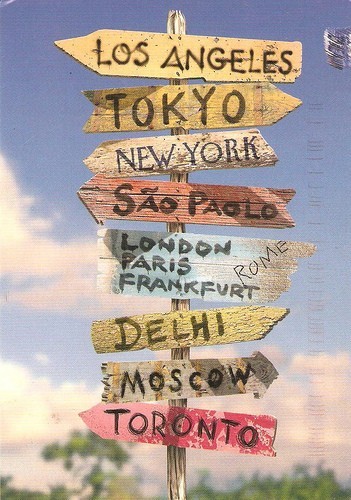Have you ever clicked on a link and wound up completely lost?
Perhaps you clicked on a link from a Google search and entered a page deep within a site. Or maybe it was a link from a site you were on and now you don’t know if you left that site, or if you are in an entirely different section of the same site, or what the heck is going on?
It’s frustrating, isn’t it? You bet it is!
Being “lost” in a website is equivalent to when you walk into a store to pickup one quick item – let’s say lightbulbs, for example. You park in front of your neighborhood hardware store (we like to go to Richlin’s next door) and you see the red big sign on top of the building “RICHLIN’S” as you walk in, so you know what store you are entering.
If this was a website, that sign out front is what would be called the site ID (usually the logo) on your home page.
Once inside you quickly look around – usually up towards the ceiling or on a back wall or top of an aisle – for where department names would be found.
The things we do automatically – such as looking upwards in a department store for navigation – are called conventions. They are the agreed upon norm. We have conventions for reading a book such the page numbers are usually located at the top or bottom on the outside margin of pages, for example. The website has conventions, too. The department names we seek are called “sections” of the site and are found on the nav bar.
Automotive, nope. Paint, no. Outdoor and Garden, that’s not it either. Ahhh. What about Electrical or Lighting? You start walking towards Lighting because you have quickly determined that this is the closest description to the item you seek.
We do this constantly on websites. We scan the nav bars sections in search of what we are looking for and if we don’t find it there, we hit the back button or Home and look again. However, if the navigation is still unclear after a few attempts, we will lose our trust in this website and bail out in frustration in search of another more organized website – which could very well be your competitors site! Do you see how important clear navigation within your site can be?
Going back to our example, if we walk to lighting and do not find lightbulbs, then search electrical and still come up empty, we might just walk out the door in frustration and head to Home Depot down the road. Lost customer, lost revenue. But let’s pretend you do find the aisle where the lightbulbs are located. You start scanning the shelf for the energy efficient bulb of your choice and begin comparing brands, features, prices, etc. until you make your selection.
When you are standing in the aisle looking at the shelf of all the different types of lightbulbs you may choose from this is the equivalent to a websites “local navigation” – your choices within the section.
Let’s imagine that you did not find the style lightbulb you were looking for and you decide to ask a sales clerk for help. On a website, that could be compared to a Search option on the utilities section of the website. Every site – other than very self-evident or very small websites – should have an option for searching.
When we design websites, we look at the site’s navigation very carefully and from every page. Please note that users usually spend as much time on top tier pages (Home and the major sections) as they do on the lower-level pages. You must to have a top-to-bottom successful navigation structure that is clear no matter how we come to find your website.
Here is a six question quick test* for good navigation you should try right now on a random page within your company’s website:
- What website am I on? (The site ID should tell you)
- What page within the site am I looking at? (Is there a clear, bold Page Name?)
- What are the major sections within this website? (Are all Major Sections listed on the Nav Bar?)
- What are my options within this level of the website? (Local Navigation choices obvious to the user?)
- Is there a “You are Here” indicator letting you know exactly where you are? (This is sometimes referred to as “breadcrumbs”, but it the trail of your choices within each section leading up to the page you are on)
- How can I search this website? (Is there a Search option on your site?)
How did you do?
If you are unable to successfully answer those six questions from any page within your website, you may wish to work on fixing your navigational structure within your website before you lose even one more customer.
{images: lightbulbs; signpost}
*I adapted this test from reading Steve Krug’s book: “Don’t Make Me Think, A Common Sense Approach to Web Usability”. If you are at all interested in website usability, as I am, this book is a great, easy-to-read introductory book. And email me – I love chatting about this stuff!





